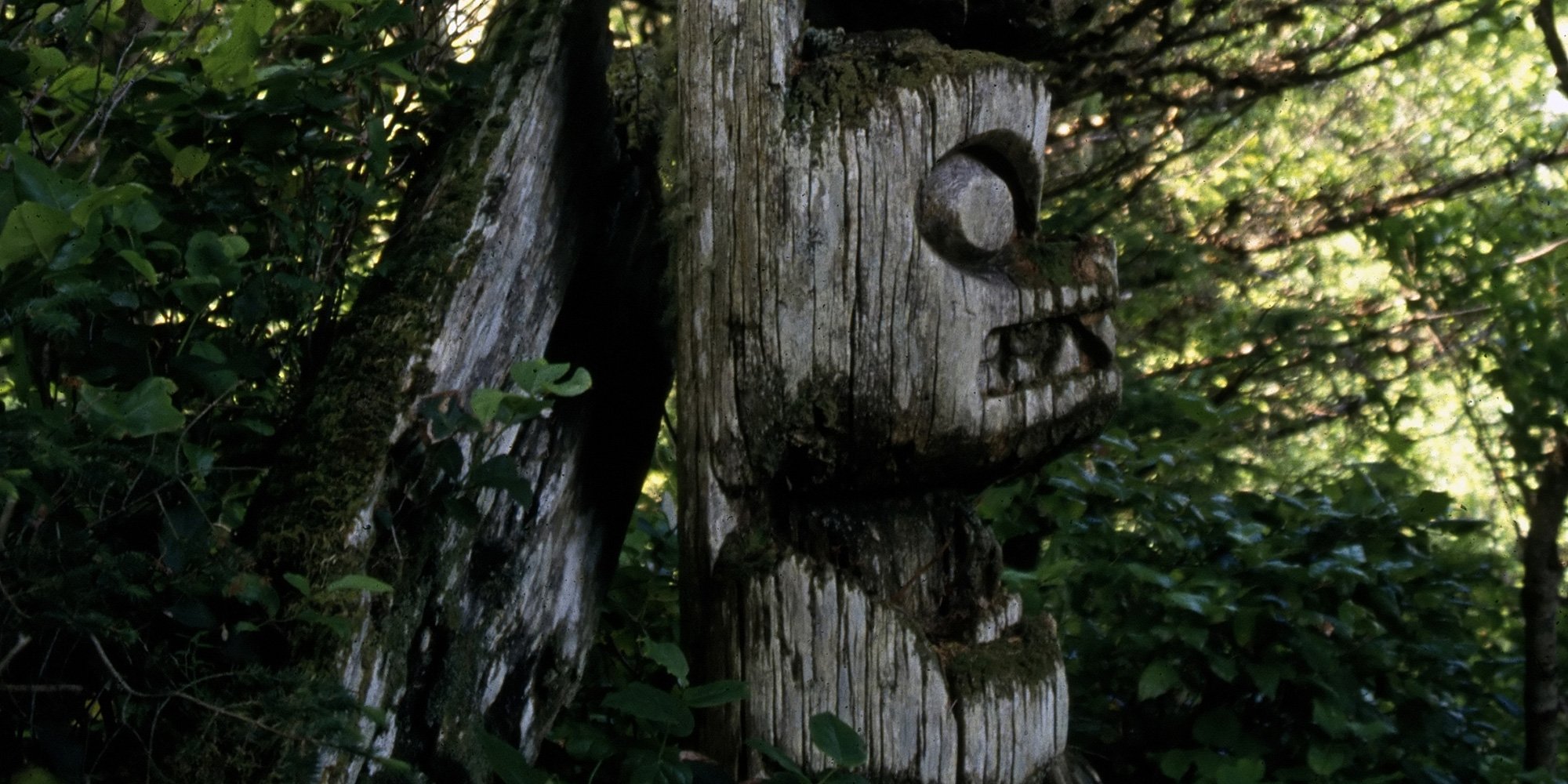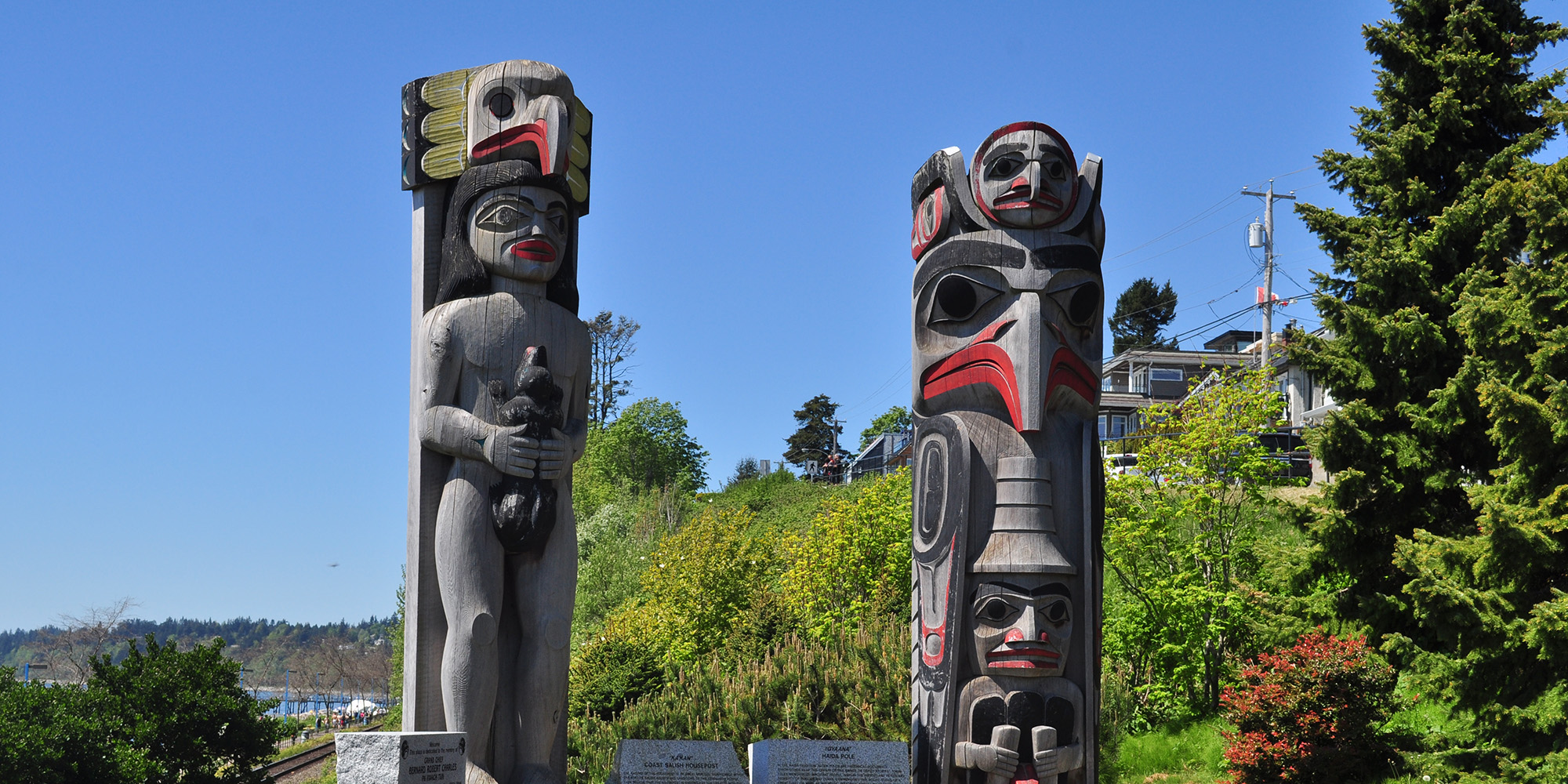Meaningful Consultation: Happy Days or Project Delays
Recent events in Canada have shown that resource development projects can face extensive resistance from the affected Indigenous communities if...

What constitutes Indigenous relations best practices? Here are a few suggestions for consideration.
Good Indigenous Relations practitioners look for common ground and win-win situations. They are not the deliverers of positional political or legal policy. A statement such as “I’m here to talk to you about crown lands” is one example where the use of the words "crown lands" can convey a defender of the empire message, especially when considered in the context of the Tsilhqot’in Decision where the court actually awarded title to the community.
A knowledgeable practitioner will begin their work long before the initial meeting with the Indigenous community. You and your organization need a full understanding of the culture, governance, history and worldview of the community on whose traditional or treaty land you will be or hope to be working. Having a working knowledge of relevant Supreme Court of Canada judgments that relate to Indigenous rights and title, consultation and accommodation is also a key component of your research. You need to know their rights, your rights, and your responsibilities. It is not up to the Indigenous community to educate you on their legally defined rights.
It is wise to follow the mantra of “engage early, often and ongoing” with Indigenous communities. “Early” means before you start to formulate plans for your project. If you engage early and develop your plans with the input of the community you are demonstrating that you respect their interests, values and contributions. Early and ongoing engagement provides the opportunity to discuss issues as they arise. If you engage early and include the community in the planning process, there is a higher probability that your project will have an easier time in terms of approvals. There is also the financial aspect – issues that are not addressed early on can take a project down the path to litigation which means legal costs and time lost. A legal fight that pits your company and/or government against an Aboriginal community is probably not the enduring or endearing reputation you want.
Do you know which term to use? Is it engage or consult? You should know before you go.
There is nothing to be gained from trying to pretend history didn’t happen nor is there anything to be gained by not understanding the history from a community perspective. Acknowledge the past history of the country with the government and with your sector; provide details on how your organization plans to incorporate reconciliation into agreements.
Recognize that a community’s culture and traditions reflect their deep relationship to the land and realize that that connection is constitutionally recognized and affirmed. The development of a project’s plans must legally respect this right. This goes back to doing your research and to engaging the community in the project planning process.
Transparent communication is key to maintaining trust. It’s imperative that you share “the good, the bad and the ugly” – delaying or trying to put a positive spin on a piece of news will not improve a situation. Inform the leadership as soon as possible and seek their counsel on how to disseminate the information to the community. In today’s environment of instant news, there is no such thing as lag time.
Provide information regarding due dates for permits and other regulatory commitments well in advance of the due date. Realize that your project is just one of many that often understaffed band offices have on their desks.
By business integration, we mean employment and business development. For example, look for opportunities to provide training, employment and career advancement in as many aspects of your organization as possible. Don’t just focus on training for labourers and trades – many Indigenous people are offended that training for jobs at the lowest end of the spectrum is all that is offered.
Business development is crucial too. Look to the community or other local Indigenous contractors for service and supply arrangements first.
It’s just so important to show your long-term commitment to your relationship with the community by not just sponsoring community events but also attending them. If you are invited to a cultural event, consider it a high honour. Learn as much as you can about the history of the event and associated protocols.
For those seeking to further their consultation and engagement knowledge, we recommend our Indigenous Consultation and Engagement training program.
Featured photo: Shutterstock

Recent events in Canada have shown that resource development projects can face extensive resistance from the affected Indigenous communities if...

When first starting work on a project that may intersect with one or more Indigenous communities there is a mountain of background information that...

When communicating cross-culturally there are certain sensitivities around the language used in the letter and expectations placed on the recipient...